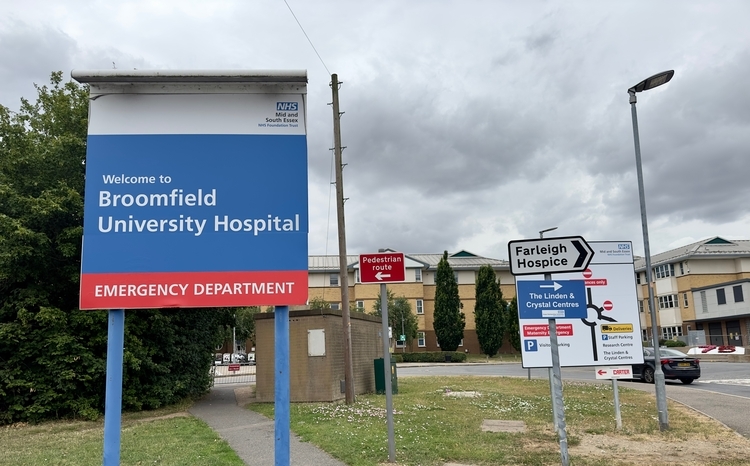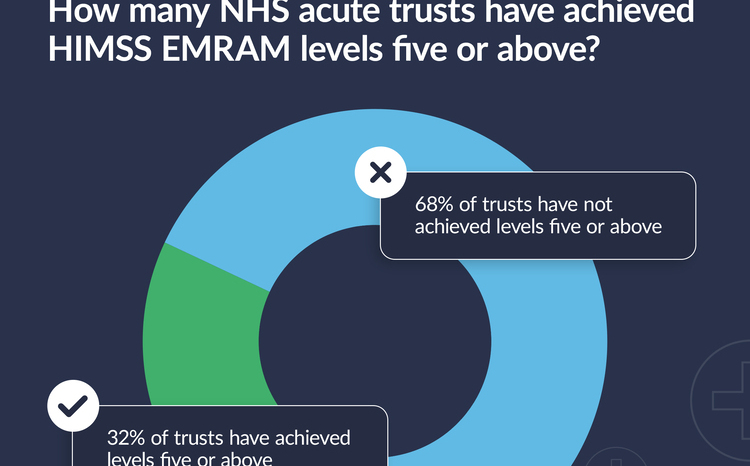Blackpool uses ASCC for EPR procurement
- 2 July 2009
 |
| Blackpool tower |
Blackpool, Fylde and Wyre Hospitals NHS Foundation Trust has begun a procurement process for elements of an electronic patient record using the Additional Supply Capability and Capacity (ASCC) framework catalogue.
The trust believes it is the first to go through this process for such services. It intends to use retain its own IMS patient administration system and layer-in high level EPR components including e-prescribing, care pathways, scheduling, orders and documentation.
The trust decided to begin the process of looking at how it could implement an EPR in March 2008, after achieving foundation status.
Philip Graham, head of IM&T at the trust, told E-Health Insider: “The National Programme [for IT in the NHS] was behind, and as a result of the trust’s increased autonomy the information governance committee tasked me with finding out what our priorities were.
“I took all the bundles, lists of systems and frameworks and looked at what was important to us. We found that things like care pathways and bed/resource management were important in enabling us to meet our quality and business agenda. We didn’t see a PAS replacement as our highest priority.”
The trust looked at four ways of selecting a process to obtain the key components of an EPR system.
It decided that giving the task to its local service provider, CSC, was not an option as Lorenzo, the iSoft EPR solution CSC is due to deliver under the national programme was not “suitably available” at the time.
Graham said: “It wasn’t suitably available at the time and it is still not suitably available for what we want almost 15 months on.
"At the time, we wanted release four functionality and we didn’t want to wait for the timescales that the LSP had outlined for that.”
The trust then looked at other offerings around the country, such as the systems being delivered by the other LSPs, Fujitsu and BT. It also considered the Official Journal of the European Union (OJEU) route.
The Rotherham NHS Foundation Trust placed an OJEU tender for an EPR, arguing that it had such a pressing need for a system to deliver improved efficiency and quality that it could not wait for the national programme. In March, the trust awarded a contract to Meditech.
Graham continued: “When we put the business case forward in November 2008, it was suggested that the ASCC procurement route was more applicable to our requirements. The terms and conditions were better and there was reduced risk. Also, we were still keen to follow national programme processes.”
The trust needed two signatures to go ahead. Alan Spours, chief information and knowledge officer for NHS North West, and NHS Connecting for Health have signed off the agreement. Graham said it is now “all hands to the pumps for OBS [output based specification].”
The trust is working with proHealth Associates, an external healthcare IT consultancy with experience in supporting trusts in procuring and implementing an EPR.
Consultant Iain Marsland told EHI: “Six suppliers have now been short listed as being able to provide the full range of services that the trust requires. Letters have gone out to the appropriate suppliers, who have been taken through to the invitation stage where further presentations will be made in order to choose the right solution.”
The trust said that this will be an interim solution, while it continues to wait for Lorenzo to become more available and stable.
Graham said: “We aren’t willing to wait as the finances in 18 months are uncertain. We need to be gaining the benefits in 18 months, not putting costs into the system.
“Our OIP [outline implementation plan] date with CSC is 2013, which is when we hope there will have been a period of stability with the national programme solution.”
Last week, EHI reported that trusts in the South will now have ‘acute systems of choice’ using the ASCC framework catalogue, with their choices funded by NPfIT.
Graham commented: “[Director of informatics Christine] Connelly [has] announced that the South is now looking at this route. It’s comforting that this method is viewed as one that can provide trusts with the good functionality they were originally promised.”
Link: proHealth Associates




